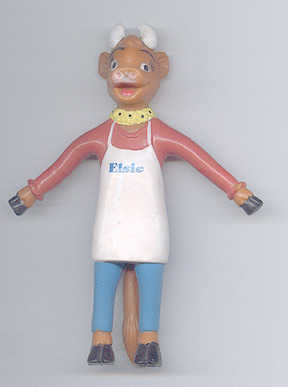We began another three day field trip with a 7am start and a drive by coach to the White Cliffs of Dover. The white cliffs are made of chalk, a form of limestone composed of the mineral calcite. Whilst we didn't have the time to see the cliffs themselves from the vantage point of the sea or the trails, it was still a fascinating day. The cliffs face towards Continental Europe across the narrowest part of the English Channel,
where invasions have historically threatened and against which the
cliffs form a symbolic guard. Crossing at Dover was the primary
route to the continent before air travel, the white line of cliffs also
formed the first or last sight of the UK for travelers.
We were able to visit the underground tunnels used by the British during World War II for military housing and a base of operations for Operation Dynamo. This is the operation that evacuated some 300,000 allied and English troops from France where they were trapped by German forces. We also visited a separate hospital tunnel that was used during World war II as well. These tunnels had been developed much earlier, during the time of the Napoleonic Wars (1799-1815), which were fought between Britain and Revolutionary France.
Dover Castle is also on this same historic site where it has stood for 2000 years. It's history and continuous use is remarkable in and of itself. Click on the Dover Castle link for a brief rundown of what has happened here. We didn't spend a lot of time at the castle as we were treated to the only sunshine of the trip that afternoon and
had a few hours to enjoy the sun and the view over the English Channel
toward France.
We hopped back on the coach to find our way to the youth hostel near Brighton. The hostel was perhaps the grungiest place you can imagine. It was a neat old building but sort of crumbling around us. It was a short walk through the woods to the nearest pub which was a delight to visit. The food and brews were good and the locals brought their dogs with them. For a couple of pet starved travelers, it was just great to pet the dogs and talk to their peeps. One of the things we will miss when we return to the states is the welcoming of all dogs into the pubs and shops. Many places have water dishes by the shop door for the dogs.
The next day we boarded the coach to go to Brighton. We toured the Royal Pavilion, built for the Prince Regent, later King George IV, in a fantastic 'Oriental' style. The architect and designers had never visited China and so it's a lot more imagination than accurate. It is lovely nonetheless with it's dragon chandeliers and gold leafed flower decorations.
Brighton is the city where Anne studied for a semester back in her undergraduate days. We took a train out to the campus for a look around and a walk down memory lane. Fortunately, the memory had faded a bit so we had time to take in the Brighton Pier, an open market street and an extremely large retro clothing store. We met up with some of the students at the store but moved on to find a fabulous Thai restaurant.
We spent one more night at the hostile hostel before heading home by way of Hampton Court. Hampton Court Palace spans the reigns of Henry the VIII (1509-1547), William III and Mary II (1689-1702). This means that the architecture ranges from Tudor to Georgian but the opulence of royalty is on display everywhere. It was an incredibly rainy day and so we were glad to be in the Palace.
This trip leaves us with only one more three day field trip with the Study in England program.

No comments:
Post a Comment